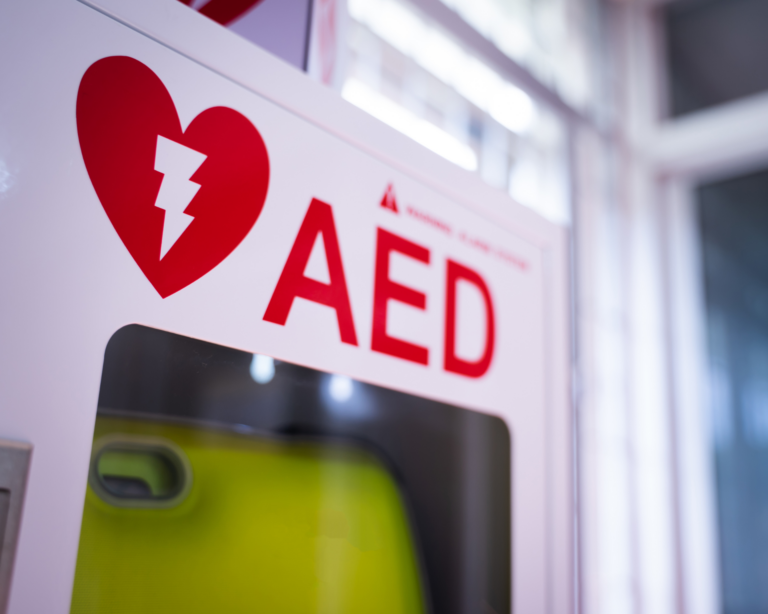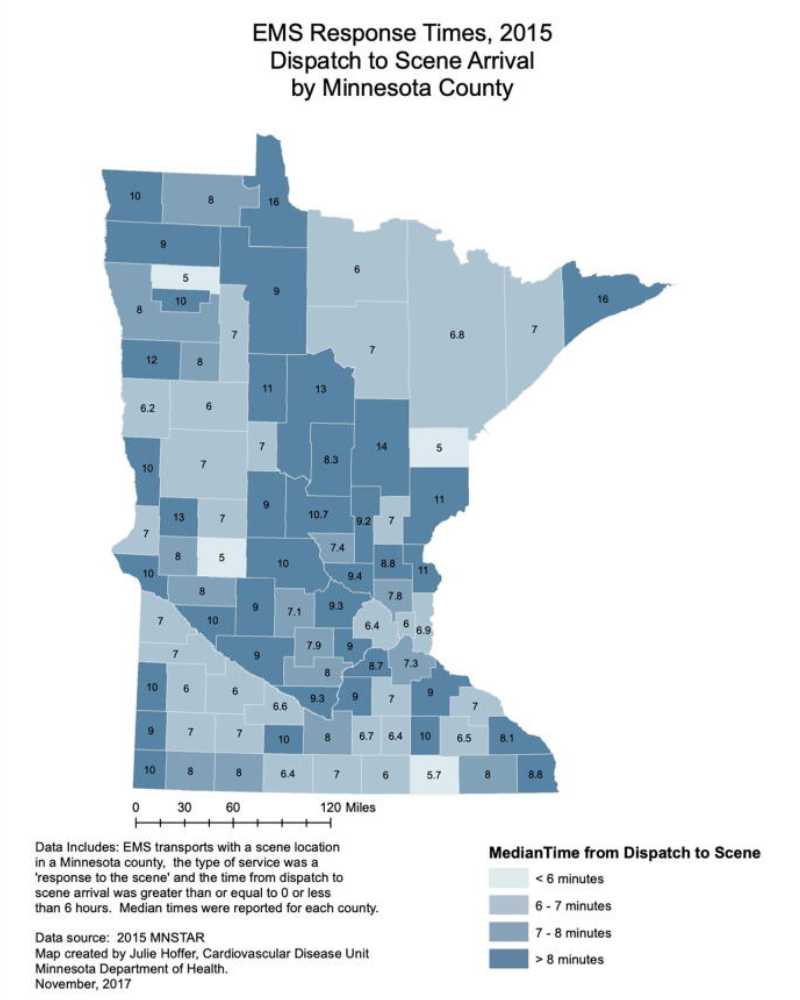More AEDs May Save More Lives
Equipping law enforcement vehicles with AEDs may present a promising solution to improve survival rates for cardiac arrest victims.

Read Time: 2 minutes
Published:
Automated external defibrillators (AEDs) are crucial tools for citizens responding to sudden cardiac arrest. These portable devices deliver an electric shock to restore a normal heart rhythm by detecting and correcting abnormal heartbeats. Access to an AED within 5 minutes of cardiac arrest can increase survival rates to as high as 70%.
Christopher Gaisendrees and colleagues detail the strategies of the University of Minnesota Center for Resuscitation Medicine for achieving comprehensive AED coverage across the state. This center focuses on innovative approaches to emergency medical care with the goal of increasing survival of persons with out-of-hospital cardiac arrests.
To identify the need for AEDs, researchers surveyed 400 first-responders about AED availability and analyzed data from the Cardiac Arrest Registry to Enhance Survival (CARES), a national database that collects data on cardiac arrest events and outcomes, and EMS response times.

The map of Minnesota counties above provides median Emergency Medical Service (EMS) response times, which range from 5 to 16 minutes. Rural counties tend to have longer response times due to fewer EMS resources. In these areas, law enforcement officers frequently arrive first at the scene of an emergency, before medically-trained personnel.
The researchers hypothesize that placing AEDs in all law enforcement vehicles would lead to quicker AED use and improved survival rates, particularly in rural areas. This effort could serve as a model for other regions aiming to improve public health outcomes through better emergency preparedness.
While equipping law enforcement vehicles with AEDs presents a promising opportunity to enhance survival rates for cardiac arrest victims, its success hinges on overcoming key challenges, such as device maintenance, comprehensive training, and sustained funding. Attention to these elements is critical for addressing potential weaknesses in Minnesota’s AED deployment plan. It remains to be seen how well this new program will operate.



